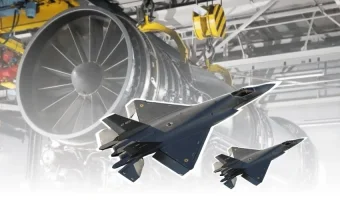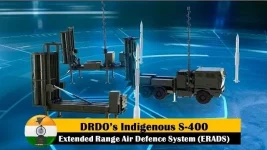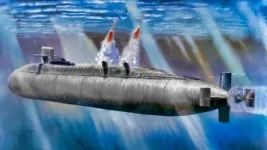- Views: 6K
- Replies: 58

DRDO has confirmed Project Virupaksha, an ambitious endeavor to modernize the Su-30MKI fighter jets with advanced Active Electronically Scanned Array (AESA) radars. This upgrade is set to significantly bolster the fighter's capabilities, including enhanced air surveillance, air-to-ground targeting, and weapon control.
A key highlight of this project is the inclusion of an antenna repositioner, enabling the radar's antenna to be maneuvered in both elevation and azimuth planes. This will greatly expand the radar's field of view, enhancing its overall performance and versatility. The Laboratory for Electronics and Instrumentation (LRDE) is currently developing the Uttam Mk2 antenna with this repositioner capability.
The Virupaksha AESA radar represents a major advancement in India's radar technology. By replacing the existing mechanically steered antennas and high-power transmitters, the Su-30MKI will be equipped with a more agile and versatile radar system capable of tracking multiple targets simultaneously.
This upgrade is initially planned for the first lot of 84 Su-30MKIs due for Super-30 upgrades. The Virupaksha AESA radar, with its extended range, is anticipated to transform the Su-30MKI into a 'Mini-AWACS', significantly boosting its combat capabilities and making it a formidable asset for the Indian Air Force.
As Project Virupaksha progresses, it will be fascinating to observe the evolution of AESA radar and antenna repositioner technology, and their contribution to India's ongoing military modernization efforts.




